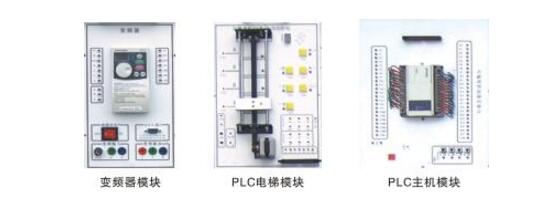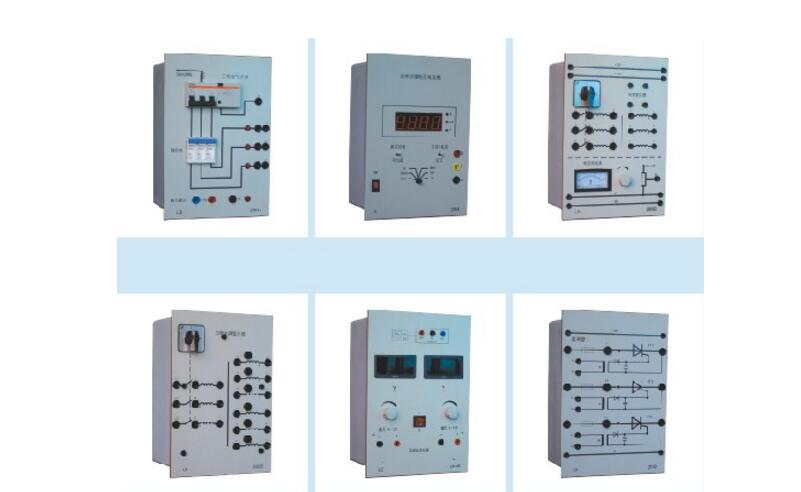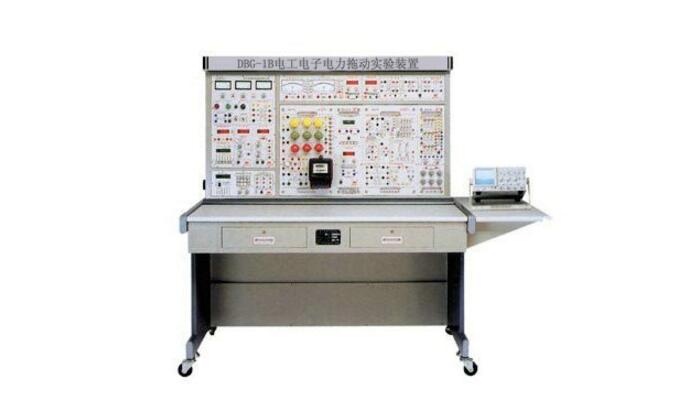The development trend of a power electronic device
**1. Summary of Power Electronic Devices**
Power electronic devices are essential components used in the conversion and control of high-power electrical energy. These devices, often referred to as converter systems, include a wide range of circuits such as rectifiers, inverters, DC-DC converters, AC-AC converters, power supplies, switches, motor speed controllers, DC transmission systems, induction heating units, reactive power compensators, electroplating systems, and household appliances. Each of these plays a crucial role in modern electrical and industrial applications.
For example, DC power supplies can be built using rectifiers or DC-DC converters and are widely used for powering DC motors, battery charging, electroplating, and scientific instruments. On the other hand, AC power supplies often rely on frequency converters, which can be categorized into variable frequency and voltage (for motor speed control), constant frequency and voltage (used in uninterruptible power supplies), regulated AC sources, medium-frequency induction heating systems, and high-frequency power supplies for welding and heat treatment. The use of power electronics also allows for the creation of static, contactless high-power switches that replace traditional electromagnetic switches, offering faster response times and higher reliability.

**2. Development of New Power Electronics Technology**
The field of power electronics is continuously evolving, with four major trends shaping its future: high-frequency application, hardware integration and modularization, digital control, and green performance. These innovations aim to improve efficiency, reduce size, and minimize environmental impact.
First, high-frequency technology is becoming increasingly important. While the standard power frequency (50Hz–60Hz) is ideal for generation, it's not optimal for distribution. By increasing the frequency, the size of magnetic components like transformers and reactors can be significantly reduced, leading to lighter and more compact systems. This improvement enhances performance across various applications, from industrial motors to consumer electronics.
Second, hardware integration and modularization have become key strategies. Early power electronics relied on discrete components, resulting in bulky, inefficient, and unreliable systems. Today, power modules integrate switching devices, drivers, and protection circuits into compact units, reducing design complexity and improving system performance. This trend has led to the development of monolithic integrated modules and intelligent power modules, which offer greater reliability and flexibility.
Third, digital control is transforming how power electronics operate. Replacing analog controls with digital systems allows for more precise regulation, easier parameter adjustments, and the implementation of advanced control algorithms. Digital systems also enable data logging, diagnostics, and remote monitoring, making power electronics smarter and more efficient.
Finally, green performance is a growing concern. As power electronics become more widespread, their impact on the grid—such as harmonic distortion and electromagnetic interference—must be addressed. Modern designs focus on minimizing these issues while ensuring clean, stable power delivery. This not only improves system reliability but also reduces environmental harm.

**3. Latest Developments in Power Electronic Devices**
In the coming years, power electronic devices will continue to evolve toward higher frequencies, standardized modularity, integration, and intelligence. Research and practical applications have shown that increasing the operating frequency can drastically reduce the size and weight of electrical equipment. This makes power systems more efficient, cost-effective, and suitable for demanding environments such as aerospace and renewable energy systems.
Standardized modular designs are now common, with power modules integrating switching elements, freewheeling diodes, and internal drive and protection circuits. These modules ensure consistency, reliability, and ease of use, allowing for scalable and flexible power solutions. As technology advances, we can expect even more sophisticated and intelligent power systems that enhance performance while reducing environmental impact.

Nano intelligent blackboard,Nano interactive blackboard,Nano electronic blackboard
Jiangsu Qilong Electronic Technology Co., Ltd. , https://www.qilongtouch.com